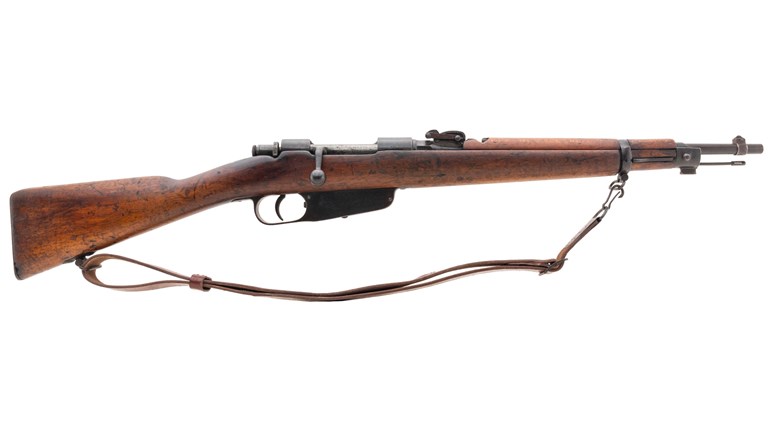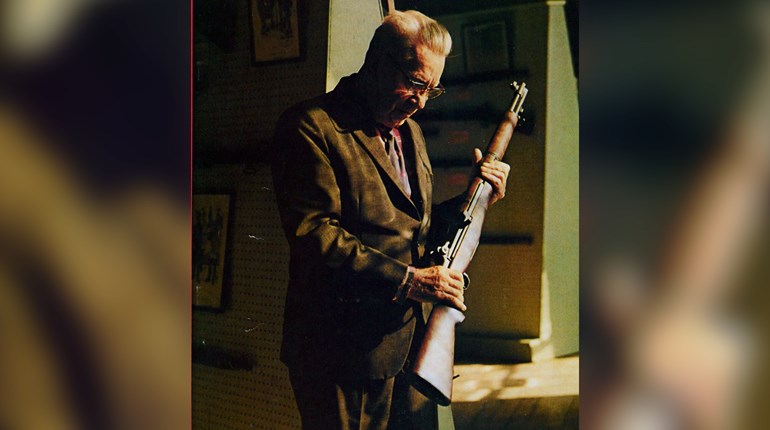
If you read our headline and said, “Whaaaaat?!,” congratulations. You’ve likely recalled enough of the history of the beginning of the atomic age to know we’re joking, after a fashion.
Seventy-seven years ago this week, however, is the arguable beginning of what became the “Cold War” in the sense of international stand-offs with atomic weapons. Based on Hungarian-American polymath John von Neumann’s conceptualization of “mutually assured destruction,” the admittedly perverse doctrine kept nuclear arsenals unused, and several sets of potent antagonists at peace—albeit in various states of unease—from 1945 to the present day.
The 1939 event we consider has an odd genesis at the least. Albert Einstein had left his native Germany six years earlier, and with fortuitous timing, as history would have it. He had renounced his German citizenship at 16 to avoid conscription, only to accept Austro-Hungarian citizenship 15 years later amid a series of professorships in Bern, Switzerland; Prague, Czechoslovakia; and Zurich, Switzerland. Roughly a quarter-century after his miracle year (1905), he was again in Germany, now a Nobel laureate (1921), and director of the prestigious Kaiser Wilhelm Institute.
Einstein somewhat famously replied “Daran habe ich gar nicht gedacht”—“I did not even think about that”—and dictated a letter in German outlining his concerns.But the early ’30s were a dangerous time to be a Jew in Germany. Adolf Hitler’s rabid anti-Semitism extended even to a person of Einstein’s exalted intellect and international reputation. He agonized extensively about his prospects and family’s safety in Germany, and finally immigrated to the United States in the autumn of 1933. He accepted a position at Princeton’s Institute for Advanced Study and applied for citizenship in 1935. In New Jersey, he was able to continue his work on a unified field theory and quantum physics, and keep abreast of worldwide developments in the fields.
Six years hence, and on the eve of Hitler’s invasion of Poland (Sept. 1, 1939), the Father of the Atomic Age and lifelong pacifist made what he called his “one great mistake” (in a post-war conversation with his friend and double laureate Linus Pauling). Developments in France by Frédéric Joliot, and by other émigré associates like Enrico Fermi, Edward Teller, Eugene Wigner and Einstein’s former student Leó Szilárd had convinced him to write to the president of his new homeland on a then-poorly known topic—the potential for his science and theories to be transformed into weapons.
Teller and Szilárd visited Einstein on Long Island in July, and discussed recent experiments and the weaponization direction they feared. Einstein somewhat famously replied “Daran habe ich gar nicht gedacht”—“I did not even think about that”—and dictated a letter in German outlining his concerns.
The letter was translated into English, but tumult surrounding the invasion of Poland meant it did not reach President Roosevelt until mid-October. In retrospect, the letter is surprisingly succinct (only two double-spaced pages), especially given the complexity of the subject and the breadth of the concerns. Not only did Herr Professor Einstein capably identify the basis and possible particulars of the threat from atomic munitions, but also outlined steps the United States should undertake to keep pace with expected German developments. He went so far as to suggest the involvement of American civilian industries as they were holders of “necessary equipment,” and identified international sources of the crucial raw material: uranium (of which the U.S. had little, and that, of poor quality).
Whatever the timing, Roosevelt’s reply was swift. A mere week later, he announced the creation of an Advisory Committee on Uranium in his response to Einstein. The committee met for the first time just two days later (Oct. 21, 1939), and began official efforts, as Roosevelt said, “… to see that the Nazis don’t blow us up.” The committee’s function would transfer to the Army Corps of Engineers in June 1942 as the Manhattan Project. The intensity of the effort was a direct reflection of the fear Einstein, Roosevelt and many others shared that Hitler would get “the bomb” first. Two American bombs would eventually result, and end the Pacific war in August 1945 after German capitulation in May.
Many paradoxes frame the remainder of the Einstein-Szilárd letter story. Perhaps the strangest is the Nazi brain drain incited by Hitler’s paranoia. Up to 1932, Germans won 33 Nobel prizes, a third of the total; the United States and Britain combined, only 24. In the next 27 years, German recipients numbered only eight, while British awards jumped to 21, with seven of those going to German immigrants. The United States took in 15 European Laureates, and prospered accordingly.Wartime Germany never came close to a bomb, and instead assigned as many as 15,000 crucial scientists and engineers to combat duties, for which most were largely unsuited.
Wartime Germany never came close to a bomb, and instead assigned as many as 15,000 crucial scientists and engineers to combat duties, for which most were largely unsuited. It was a perverse twist wherein Hitler hurt his own cause—noted German theoretical nuclear physicist Paul Müller would die on the Eastern front, for instance—but created a situation that was fortunate for the Allies.
Einstein, mainly as the result of bureaucratic buffoonery, was not part of the Manhattan Project (he did not become a citizen until 1940, and was therefore not granted the necessary security clearance in time). His brilliant protégé Szilárd did work at the University of Chicago (with Fermi), and created the essential and first controlled chain reaction. Both letter-writers lived the remainder of their lives—Einstein died at 76 in 1955, and Szilárd at 66 in 1964—with regrets about their roles in the invention of atomic weapons.
They foresaw proliferation and the “arms race,” and both, unfortunately, came to pass. It is worth noting that they chose between unwelcome, even ghastly, options all the same—neither waiting for a more aesthetic choice while danger mounted, nor something too little and too late to preserve American liberty.

































